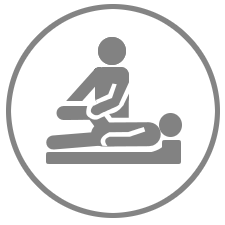You have reached your maximum number of complimentary searches. Please sign up for Digital Coding to continue searching.
Please Choose a Location:

|
Additional Categories
About Digital Coding
Chiro Digital Coding is the first chiropractic ICD-10 Code search tool which contains chiropractic specific diagnosis that can be searched by body region, key word or diagnosis code. Expert Tip: As an added benefit, in the Document Library there are also specific insurance company guidelines which contain diagnosis specifics for chiropractic reimbursement according to each insurance carrier.
 Diagnostic Codes
Diagnostic Codes CPT
CPT Document Library
Document Library Favorites
Favorites Orthopedic Tests
Orthopedic Tests Medicare Guides
Medicare Guides Corollaries
Corollaries HIPAA
HIPAA